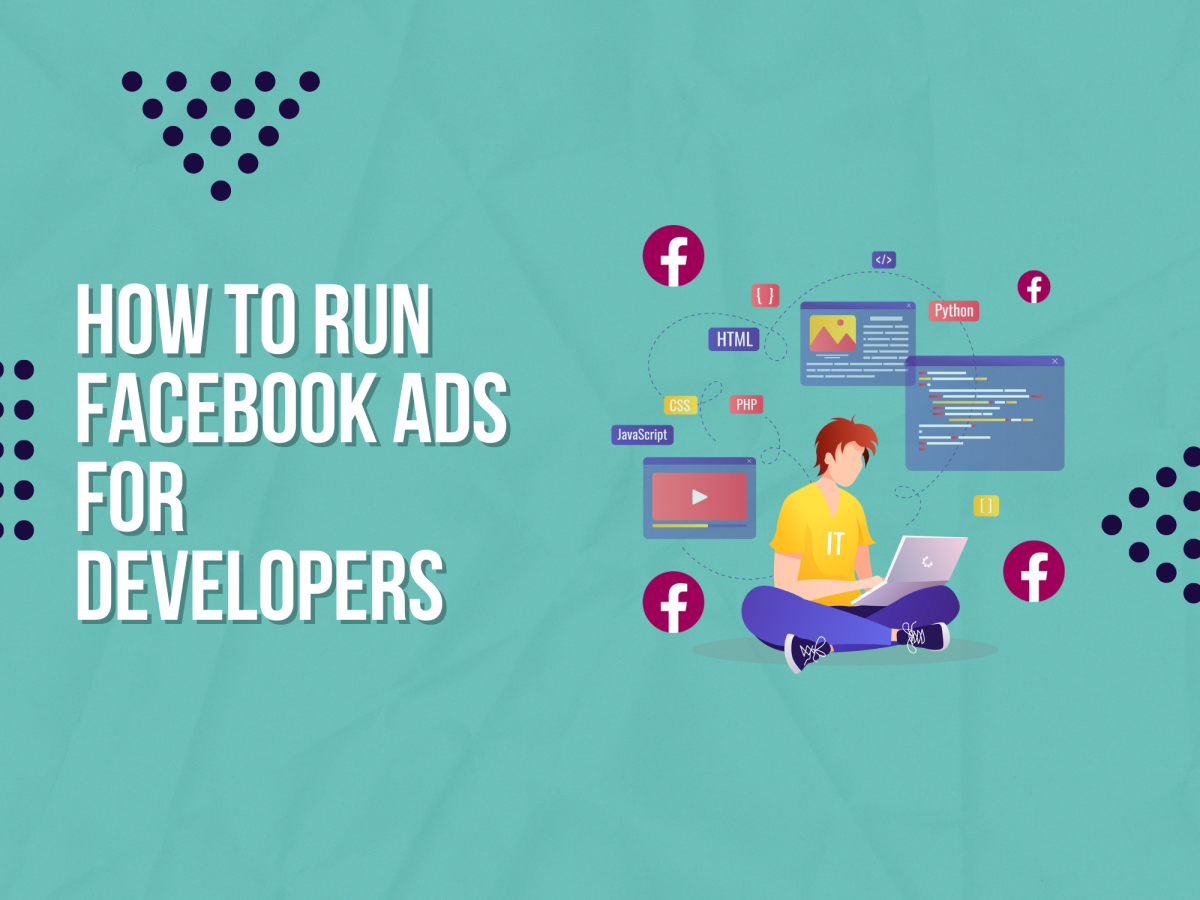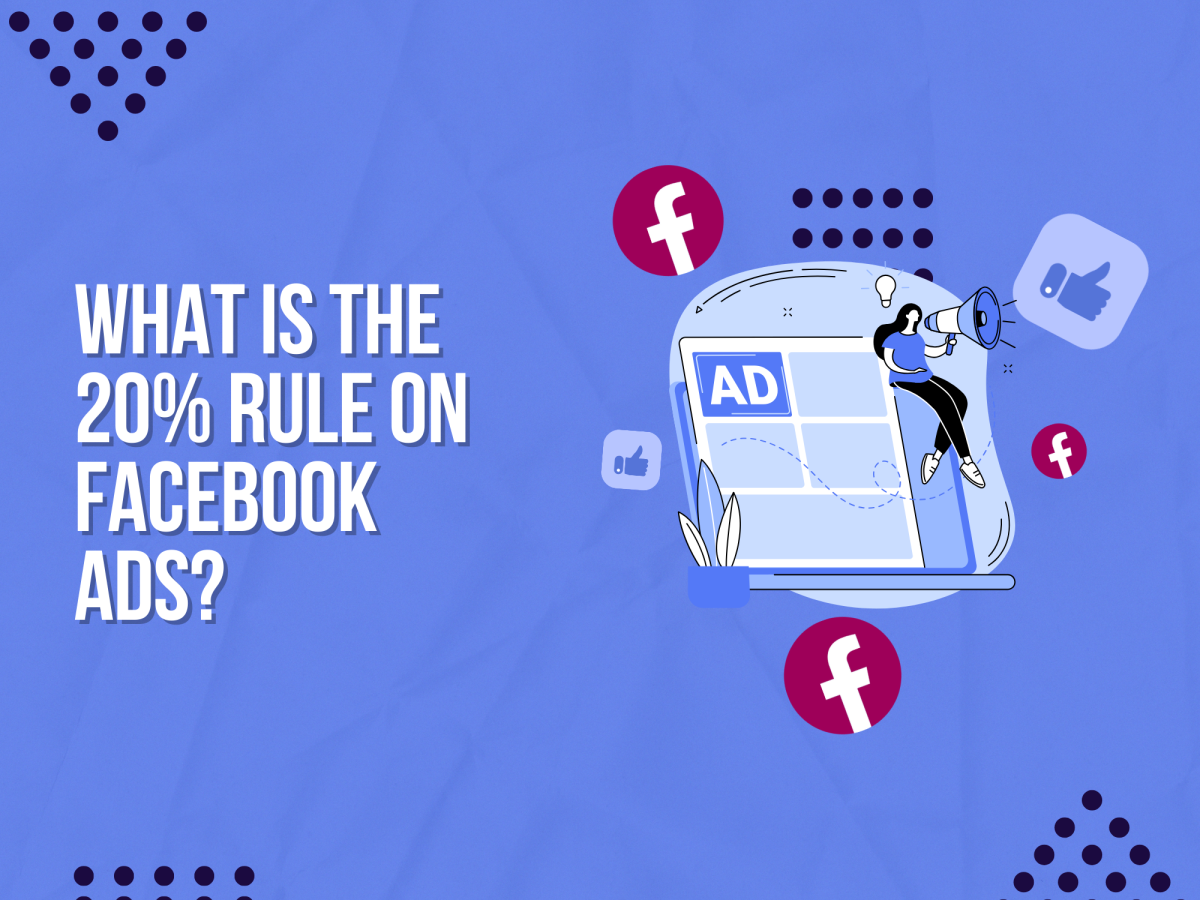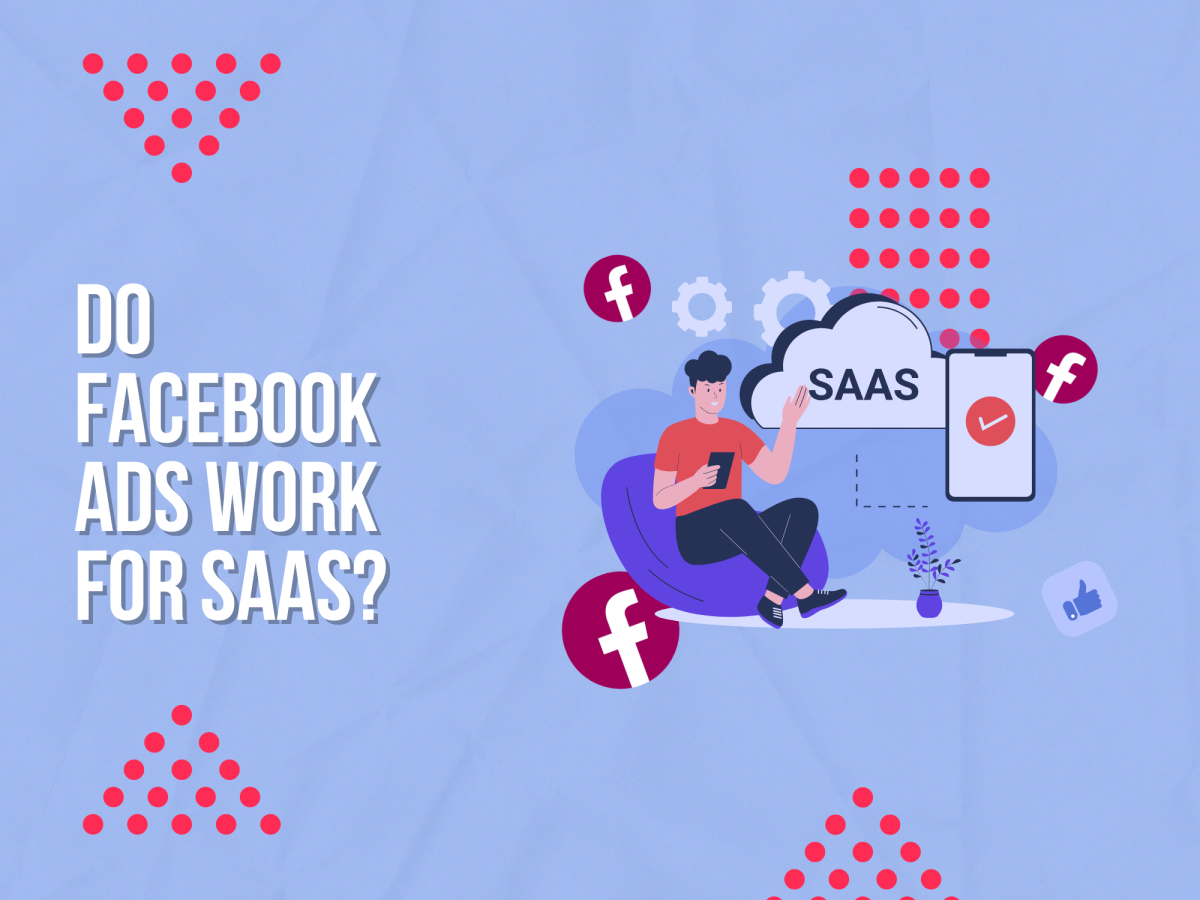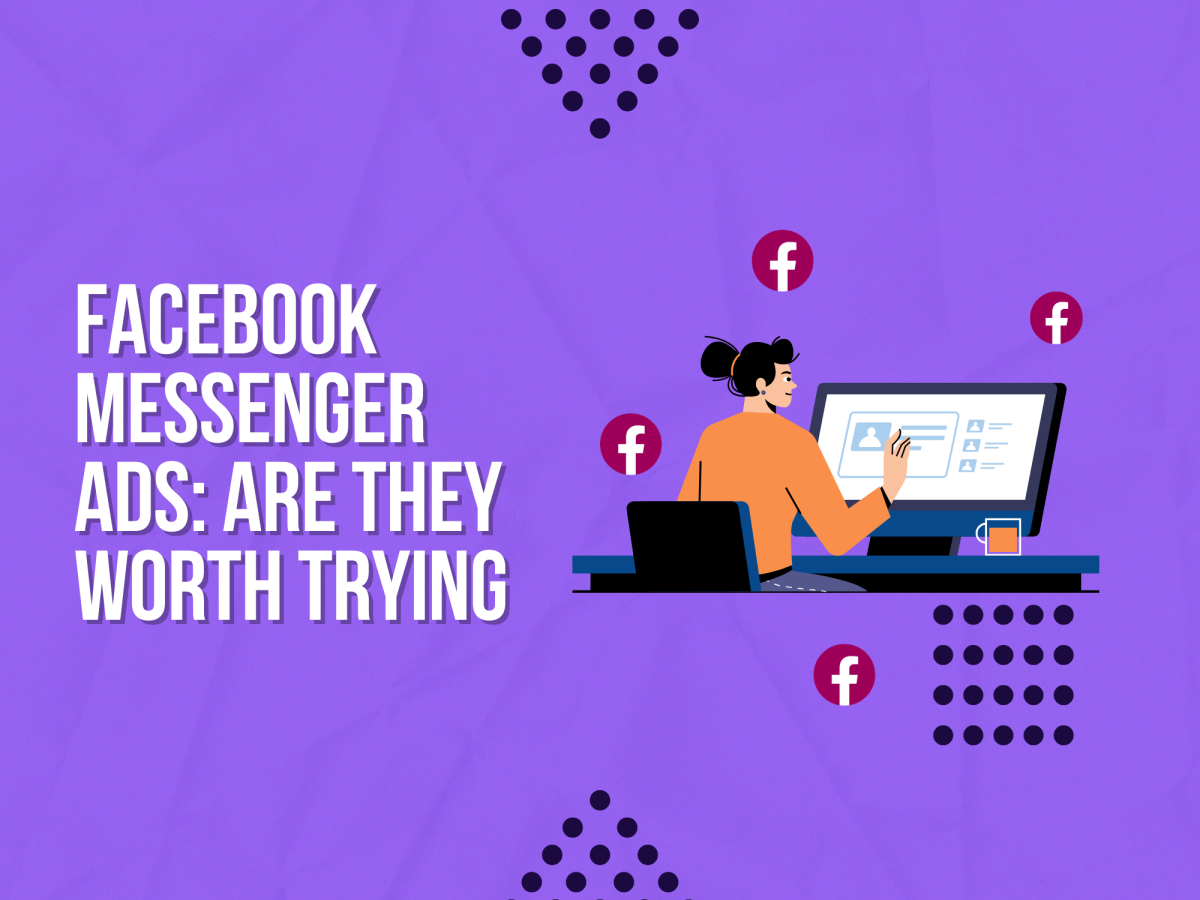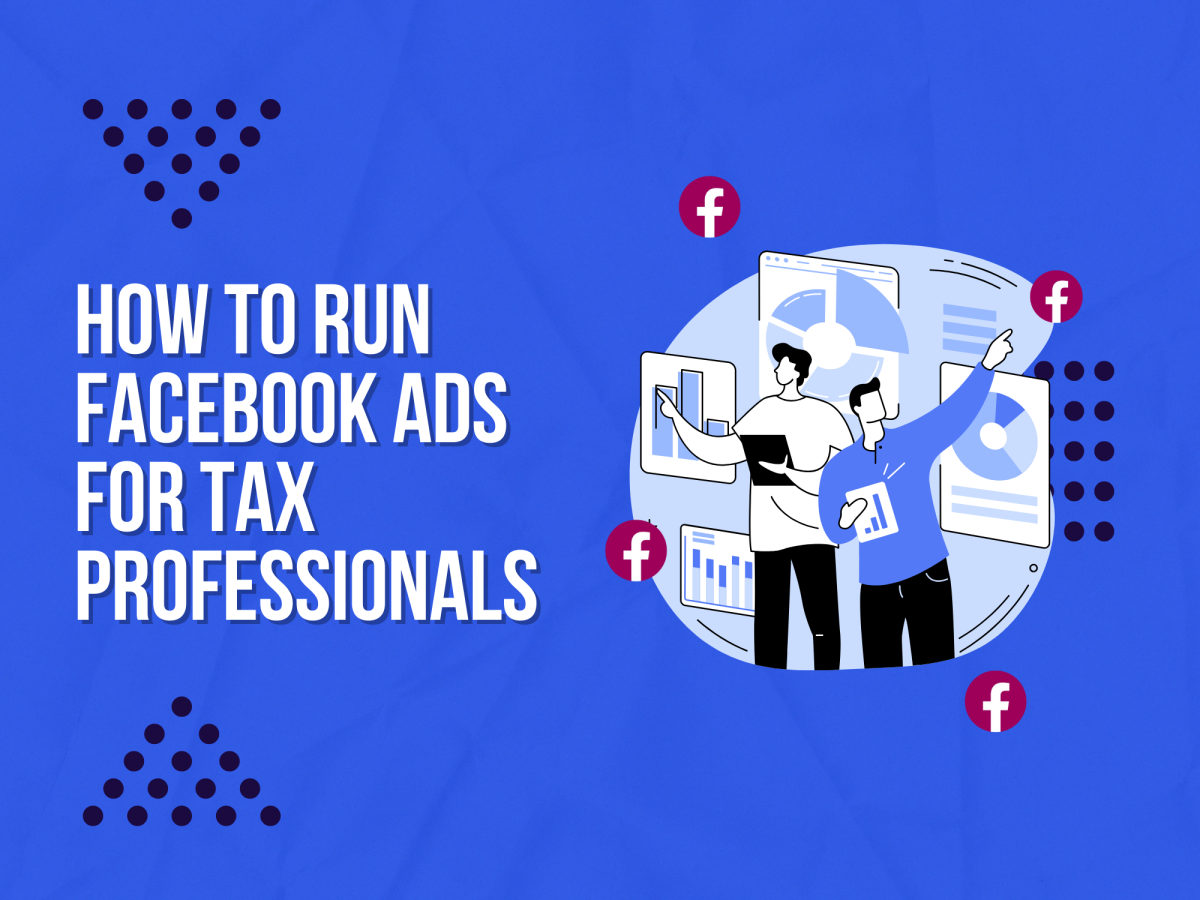Pinterest can make an excellent addition to your paid social strategy.
This unique platform is highly visual, lending itself to creative campaign executions and bold assets. It also boasts an active user base and engaging ad formats.
Plus, it’s a search engine.
While consumers frequently use Google to find information, they use Pinterest to find inspiration, ideas and new products.

Boost E-Commerce ROI: Download Our Free CPA & ROAS Calculator
This all sounds like an e-commerce advertiser’s dream.
But there’s one big question that needs answering.
How much does Pinterest advertising cost?
It’s important to wrap your head around the various costs associated with a Pinterest campaign – and luckily, we’ve produced a thorough guide to help you along the way.
So strap in, because we’re embarking on a crash course in Pinterest ad costs.
As a specialist Pinterest ads agency we can help you with your campaigns just get in touch for a free consultation.
Are Pinterest ads worth the investment?
First things first. Why are Pinterest ads worth spending your budget on?
Well, here are a few good reasons for starters.
Firstly, although Pinterest is a social media platform, it’s also known as a visual discovery engine.
Advertisers use promoted ‘Pins’ to deliver advertising content, and these Pins act like bookmarks. They can be clicked, saved, and shared by your target audience.
Pinterest places a huge emphasis on a simplified layout and engaging visuals, which provides your products with a fantastic opportunity to shine.

The Pinterest audience is also very open-minded, and keen to discover new products and fresh ideas. Music to an e-commerce advertiser’s ears.
95% of the top searches on Pinterest are unbranded. That means Pinterest users aren’t looking specifically for a certain company – they’re open to discovering something entirely new.
46% of UK Pinterest users have also discovered new brands or products on the platform. There’s an untapped audience of potential customers using Pinterest. You just need to get your product ads in front of them.
There are also several ad formats available on Pinterest including promoted pins, video ads, and carousel ads.
Now that we’ve outlined the power of Pinterest, let’s dive into the costs associated with running a Pinterest advertising campaign.
How do I measure the costs of Pinterest ads?

It’s helpful to understand the different ways that Pinterest costs can be measured so that you can plan your next campaign with confidence.
There are three main objectives that you can set for your Pinterest ads, each with a unique pricing model.
1. Building brand awareness
When aiming to boost brand awareness on Pinterest, you’ll be buying on a Cost Per Mille (CPM) model.
That means paying for every 1,000 impressions delivered, to reach as many prospects as possible and increase the visibility of your brand.
It’s important to nail your audience targeting here because you need to ensure that you’re driving awareness among the right users!
2. Driving ad engagement
Driving engagement on Pinterest means maximising the number of interactions your ads receive from users. This works on a Cost Per Engagement (CPE) model, where you only pay for successful engagements.
Engagements are defined as saved Pins, Pin clicks, Carousel swipes, and outbound clicks to your site.
This is a good way to capture audience attention and increase familiarity with your products.
3. Increasing web traffic
The web traffic objective focuses on increasing click volumes to your website. You’ll buy this on a Cost Per Click (CPC) model, paying for outbound clicks to your site rather than impressions or engagements.
If you’re looking to increase site conversions through quality traffic, then this is a smart objective to choose.
Different objectives will involve different costs for advertisers, so let’s take a more detailed look at average costs.
How much do Pinterest ads cost?
Below is a more thorough breakdown of the average costs associated with different Pinterest objectives.
Brand Awareness – average CPM ranges between £1.51 and £3.77 for every 1,000 impressions delivered.
Ad Engagement – average CPE ranges between £0.075 and £1.13 for every engagement delivered.
Web Traffic – average CPC ranges between £0.075 and £1.13 for every click delivered.
However, it’s very important to remember that ad costs are impacted by several different factors and will always fluctuate.
For example, if you’re trying to reach an audience that other competitors are also actively targeting, your costs are likely to increase.
The same can be said for seasonality. Periods like Black Friday and Christmas are usually packed with advertisers, meaning more competition in the market and increased costs.
How do I track my Cost Per Acquisition on Pinterest?
To stay in the loop with your campaign performance and acquisition costs, you can track purchases through the Pinterest platform – also known as ‘checkouts’.
Just follow this guide to set up conversion tracking. You can choose from a variety of different attribution windows, including 1-28 days post-click and 1-28 days post-view. It all depends on your reporting requirements.
It’s always crucial to monitor performance reports and CPAs to understand how your campaign costs are shaping up.
Now that you’re familiar with the average costs for Pinterest, let’s look at how you can make the most of your advertising budget.
Maximise the impact of your Pinterest budget
While it’s important to understand the Pinterest pricing model, it’s also important to understand how you can squeeze the best results from your marketing budget.
Refining your Pinterest advertising strategy will deliver improved performance, meaning you can enjoy superior results and make your money work even harder.
Focus on your visuals
Pinterest places a huge emphasis on visuals, and the feed is designed to position images and videos at the centre of attention.
To generate consistent clicks and conversions, you’ll need to ensure that your ad imagery is top-notch.
Make sure that your product is displayed clearly so that users scrolling by immediately recognise what you’re advertising. Showcase any special features that are more likely to capture the attention of your audience, and try to utilise vibrant colours and product shots.
Below is a good example from Hydaway, advertising their collapsible water bottle. The ad is colourful, eye-catching, and clearly shows off the key product functionality.

This doesn’t necessarily mean that you need super-polished assets with crazy production value.
There’s nothing wrong with a low-budget shoot – particularly when modern phones come equipped with cameras that can take fantastic studio-style shots.
With a little bit of patience (and some decent lighting) you can maintain a professional feel, while also communicating a ‘real’ quality through testimonials and product demonstrations.
Many advertisers resist using their phone cameras for ads, but we promise – the more creative assets you test, the better your results will be.
Make the most of Pin descriptions
Improving your Pin descriptions is also a great way to drive superior results from your Pinterest investment.
A compelling description can greatly improve the likelihood of a prospect clicking and converting – so make sure you nail your ad copy.
Pack your descriptions with the most compelling information about your product or service.
Keep the copy punchy and focused on unique selling points. If users can quickly scan the description and still absorb the key details, then you’re on the right track.
Here’s a solid Pin description from Warby Parker. It’s short and sweet, quickly informs potential customers about a special offer, and encourages action. The copy makes it clear that the product is affordable and the Home Try-On program is convenient.

As Pinterest functions like a search engine, you should also try and pack your Pin descriptions with relevant keywords.
This will heighten your brand visibility on the platform, enhance your position in search results, and increase the likelihood of users discovering your products.
All of this helps to skyrocket your performance and improve cost-efficiency.
To get started either read our guide on How to Run Pinterest Ads or hire us as your Pinterest ads agency.
Stay close to your campaign analytics
Finally, it’s very important to keep an eye on analytics when trying to make the most of your Pinterest ad spend.
You’ll need to stay on top of performance to make effective optimisations and redirect budget towards better performing tactics.
If you’re running campaigns blindly, then it’s likely that you’re investing money into less efficient ads, formats and audiences.
Be sure to familiarise yourself with Pinterest Analytics so that you can access your campaign dashboard, make tactical optimisations and spend your money in the right places!
It’s important to understand Pinterest costs and pricing models before you start advertising on the platform.
Every Pinterest ad campaign is unique, and different objectives will incur different costs, so you’ll need to factor this into your marketing budget.
However, although costs will usually fluctuate, it’s possible to make your money work harder. Focus on delivering high-quality ads and closely monitoring performance, and you’ll be in the best position to smash your targets with the budget available.
Related
- Facebook Ads vs Pinterest Ads: Which Platform Is Right For You?
- Do Pinterest Ads Work? Find Out if They are Effective & Worth the Investment

